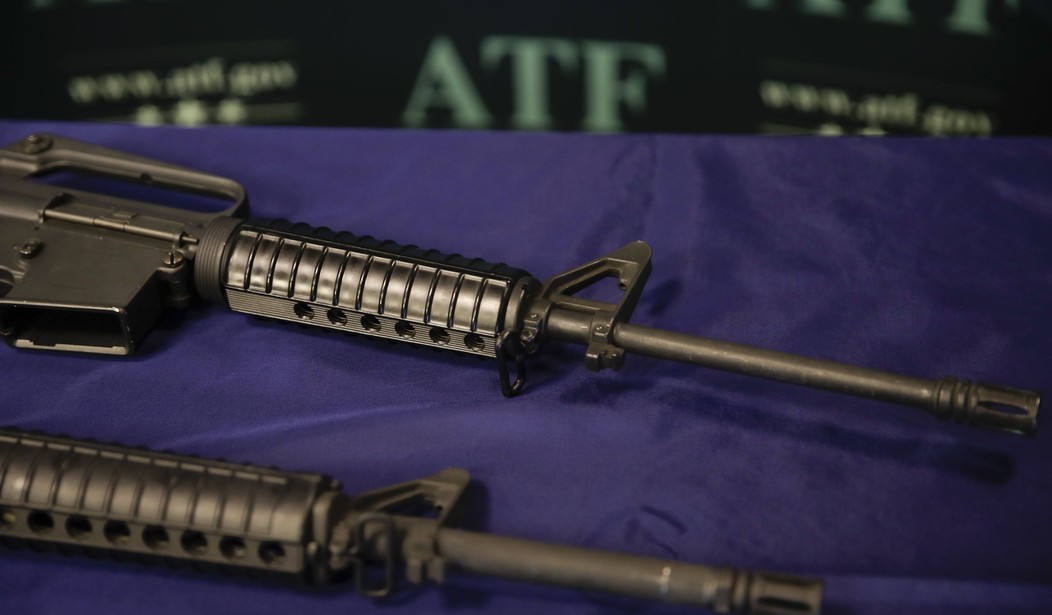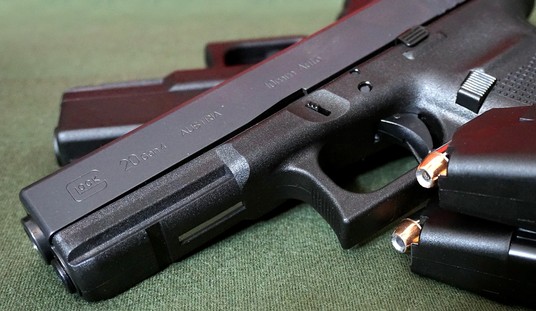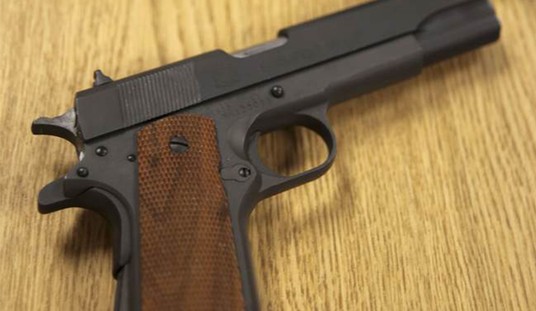Homemade firearms, now often referred to as "ghost guns" but not the totality of what's considered such, have been legal since before this nation actually existed as a political entity. The British, despite their many failings, never got around to banning the practice of people making their own firearms.
Then we shot them, kicked them out of the nation, did it again less than half a century later, and never had to worry about what they thought of anything.
Even today, people make guns. They've been doing it since forever, basically, and it's a time-honored practice. It's also fun to have a bunch of people over for a build party.
But so-called ghost guns are vilified throughout the media. Let's take this report out of Philadelphia and dissect it a bit.
In less than 10 years, ghost guns have emerged as a leading weapon of choice for criminals, according to law enforcement officials across the country. The weapons have no serial numbers, making them untraceable. Manufacturers can sell the gun kits without running background checks, meaning people legally barred by law from owning guns — including felons, minors, those with mental illnesses, and known domestic abusers — can purchase them with ease.
This particular paragraph, the first to get into the meat of the topic, makes reference "ghost guns" but we've seen evidence that the term refers to two different types of firearms.
The first is what most people think when they hear the term: A homemade firearm, typically built using a kit or a collection of parts that can be added to a 3D printed lower receiver to make a firearm.
The other are simply firearms that have had their serial numbers removed.
Both count as "untraceable" in the eyes of law enforcement, though the traceability of a firearm is of limited use when most criminal guns are stolen in the first place. Even those obtained via straw buys are usually reported as stolen when the straw buyer is confronted by police via tracing, making that whole process grossly overstated in its use by police.
Keep this in mind going forward.
In 2019, ghost guns represented just 2 percent of firearms recovered in criminal investigations across Philadelphia. By 2022, that number had increased by a staggering 311 percent, according to the city’s lawsuit. That year, the Philadelphia Police Department recovered over 575 ghost guns while conducting criminal investigations, while statewide, from 2017 to 2021, Pennsylvania law enforcement officials recovered more ghost guns than in all but three states, the suit said.
“Ghost guns are a nightmare for law enforcement in Philadelphia and across the nation,” Philly Police Commissioner Kevin Bethel says.
Let's start by addressing the math. They fail to give us any actual context of the problem, including really where it started. So I'll need to try and piece it together from what they did provide, which is 575 guns in 2022 and that represented a 311 percent increase from 2019.
If I did my math correctly, that's about 185 guns in 2019.
The reason this matters is that dramatic percentages of increase are far easier with smaller numbers than larger ones. If you have five of something and get another five, that's a 100 percent increase, but if the next year you have ten and get five, that's only a 50 percent increase.
So what I'm saying is that a 311 percent increase is far easier with the relatively small number of "ghost guns" recovered in 2019.
But, to a lot of people 575 sure sounds like a lot of unserialized firearms. Yet we need to remember that at least some of those may well have been guns with the serial numbers removed, and that the police in Philly may have decided to start including those at any point along the way.
Of course, that is just speculation on my part.
Let's now get into the scope of this alleged problem for a moment.
In 2022, in the city of nearly 1.6 million people, there were 514 homicides in the city--interestingly, even as this "ghost gun" problem grew, homicides dropped year after year since 2020. That's the same year 575 "ghost guns" were recovered at crime scenes.
When you consider all of the other violent, gun-related crimes that happened, it seems that 575 is a drop in the bucket of firearms in criminal hands.
And that's assuming all were actually used violently.
Note that these are guns "recovered...while conducting criminal investigations." That means a raid of a drug den could net dozens of these guns despite none of them having been fired. Like, ever.
That means the ratio of people arrested to guns recovered isn't exactly going to be 1:1. Some likely had a significant number of unserialized firearms in their possession, meaning the actual number of "users" of these guns is even lower than the total number of guns might suggest.
What's more, I'd like to know how many traditionally manufactured guns were also recovered from the same scenes. If you're making the case that these guns are a problem, knowing that more traditionally-made firearms were also recovered would point out that restricting so-called ghost guns might not be as effective as some claim.
In other words, in just a few paragraphs, anti-gun alarmism reigns supreme, all without important framing so that we can get a true understanding of the situation.
Then again, we should be used to that by now.








